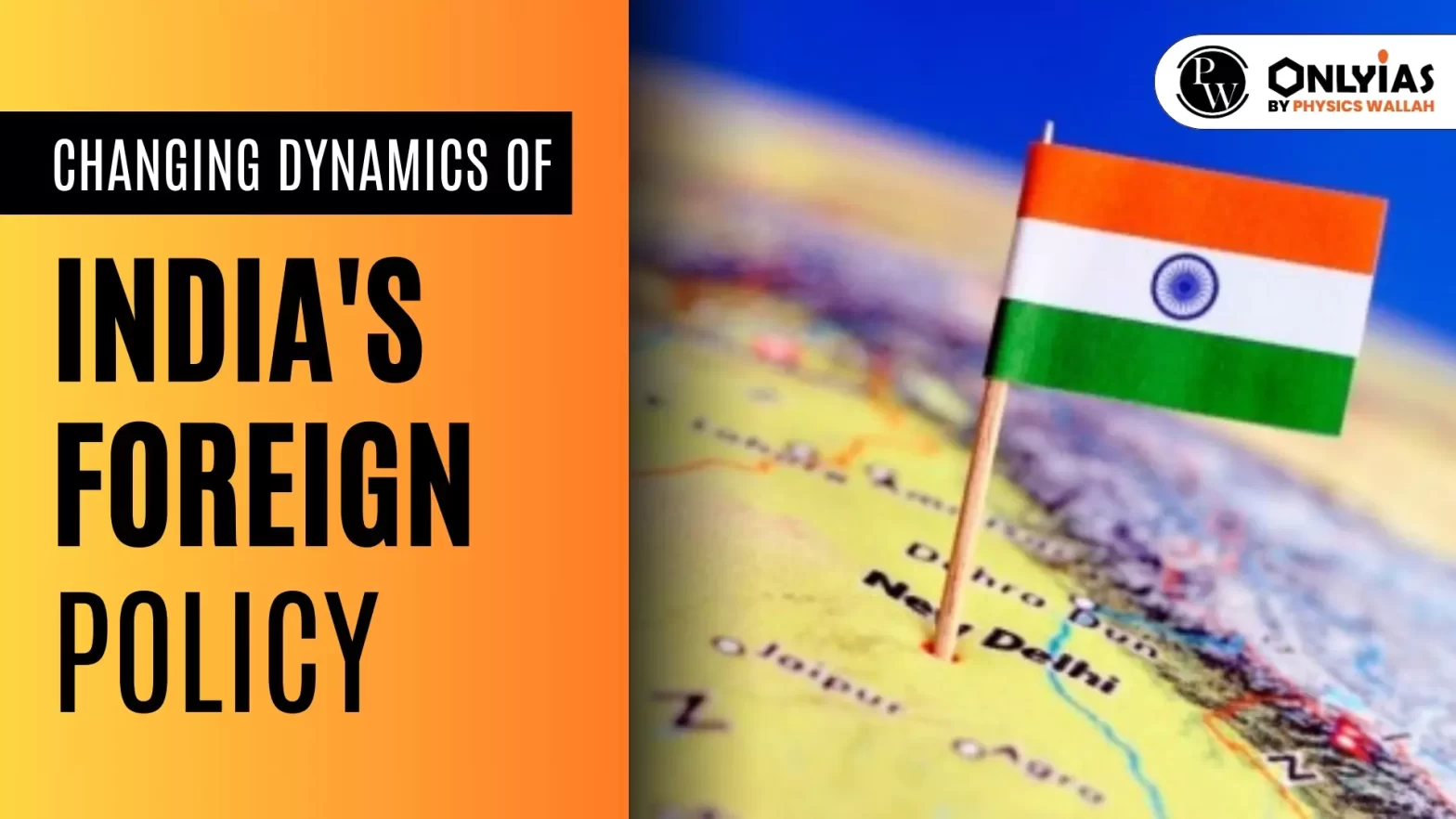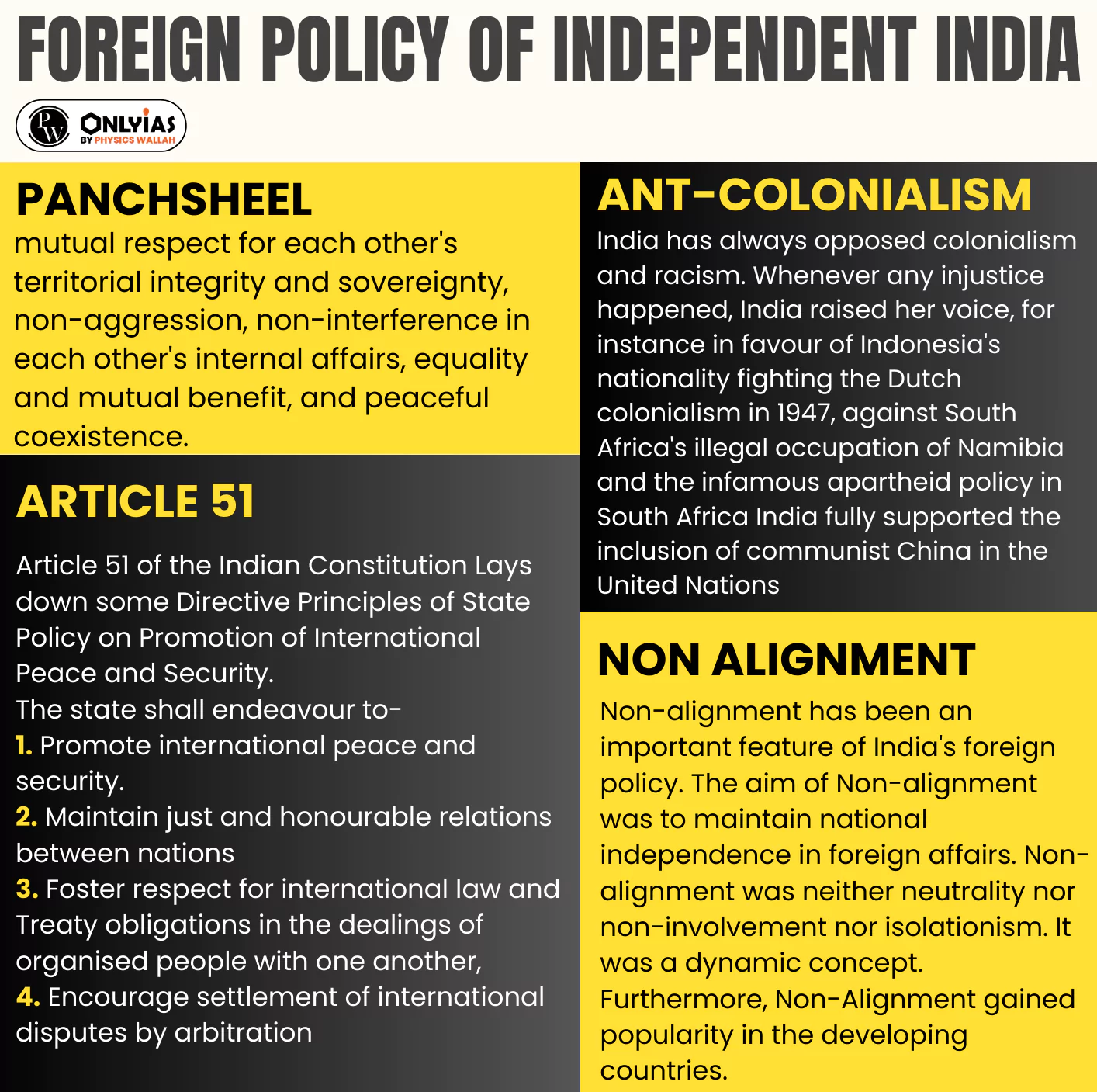Changing Dynamics of India's Foreign Policy: India has moved away from some of its legacy foreign policies, ushering in a new era of global cooperation.

Questionnaire
|
Context: India has moved away from some of its legacy foreign policies, ushering in a new era of global cooperation.

India’s foreign policy has been dynamic, allowing it to handle watershed moments in geopolitics such as the Ukraine War. The challenges to India’s foreign policy are only going to amplify as a showdown between the Western bloc and the Eastern bloc is on the cards.
| Must Read | |
| NCERT Notes For UPSC | UPSC Daily Current Affairs |
| UPSC Blogs | UPSC Daily Editorials |
| Daily Current Affairs Quiz | Daily Main Answer Writing |
| UPSC Mains Previous Year Papers | UPSC Test Series 2024 |
<div class="new-fform">
</div>
